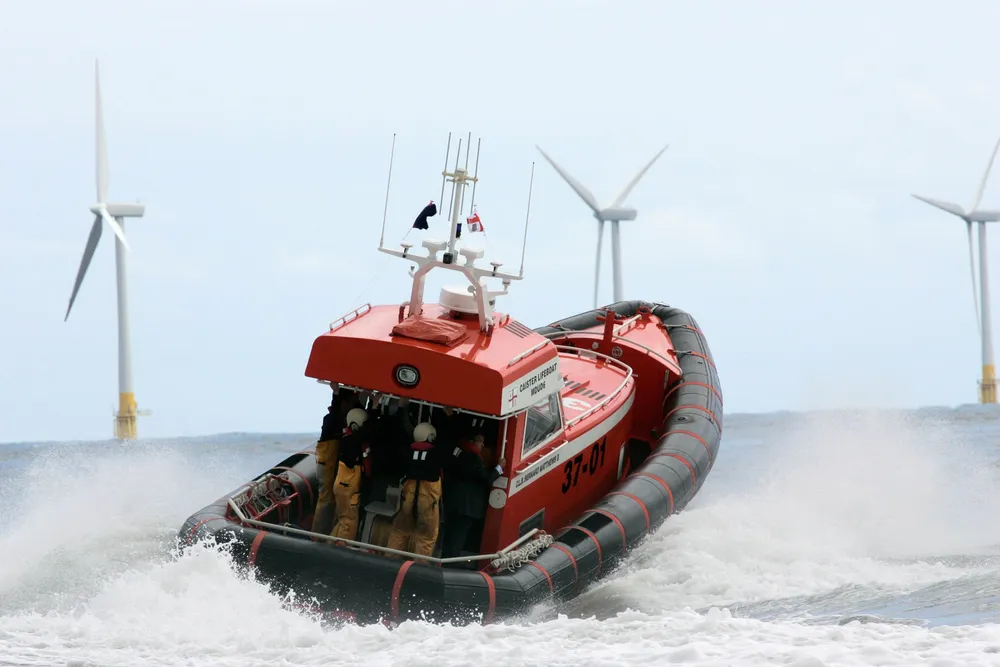Freak waves pose 'big threat' to North Sea offshore wind
German research team trialling machine learning techniques to predict freak waves that can cause ‘enormous damage' to offshore infrastructure

Freak waves are more common than previously thought and pose a grave threat to offshore wind infrastructure and vessels, according to a new research project into their occurrence in the North Sea.
“Nothing is safe from them,” said the German Federal Maritime and Hydrographic Agency (BSH), in language that would not sound out of place as the strapline for a B List Hollywood horror movie.
The BSH is however talking about extreme waves, which it says pose a “big threat” to offshore wind farms, ships and research platforms. “Enormous damage can be the result.”
BSH has been investigating the occurrence of extreme waves in the southern North Sea as part of its “Freak Waves II” research project with the Helmholtz-Zentrum Hereon research institute.
Extreme waves are at least twice as high as the average of the highest waves in any given sea, said BSH. “Their steep front and sudden appearance are particularly dangerous.”
The North Atlantic is known for being the place where so-called freak waves are most common globally, said BSH, but such waves are also regularly recorded in the North Sea. Indeed, on average, it reckons two to three extremely high walls of water are documented in the sea every week.
BSH highlighted an incident in 2013 when just such a wave destroyed the 15-meter-high intermediate deck of Fino I, a North Sea offshore research tower used to conduct measurements for the wind industry.
Extreme waves occurred more frequently in the study area than assumed according to theory, said Jens Möller, an academic who led the research project.
The researchers used six wave measurement buoys, mainly from the BSH measuring network in the German Bight area. In the shallow water off Norderney, an island in the German North Sea, around every 5,800th wave measured was an extreme wave, the researchers found.
Shallow water depth and strong tidal currents could be contributory factors, say the researchers.
Following a previous research project into the phenomena – Freak Waves I – the researchers said that they had seen promising results from using two different machine learning approaches to try and predict the likelihood of an extreme wave in the next 10 minutes.
Germany is targeting 40GW of North Sea offshore wind by 2035, while countries neighbouring the sea are planning to install 300GW of capacity there by 2050.
While most of cables are buried, unburied sections are "vulnerable to extreme waves," while some cables will be more vulnerable due to "installation errors," he said. "And repairing cables is an expensive affair."
Wind turbines themselves could be vulnerable if there is a "malfunction of the control systems" when an extreme wave strikes a wind farm, he added.
(Copyright)